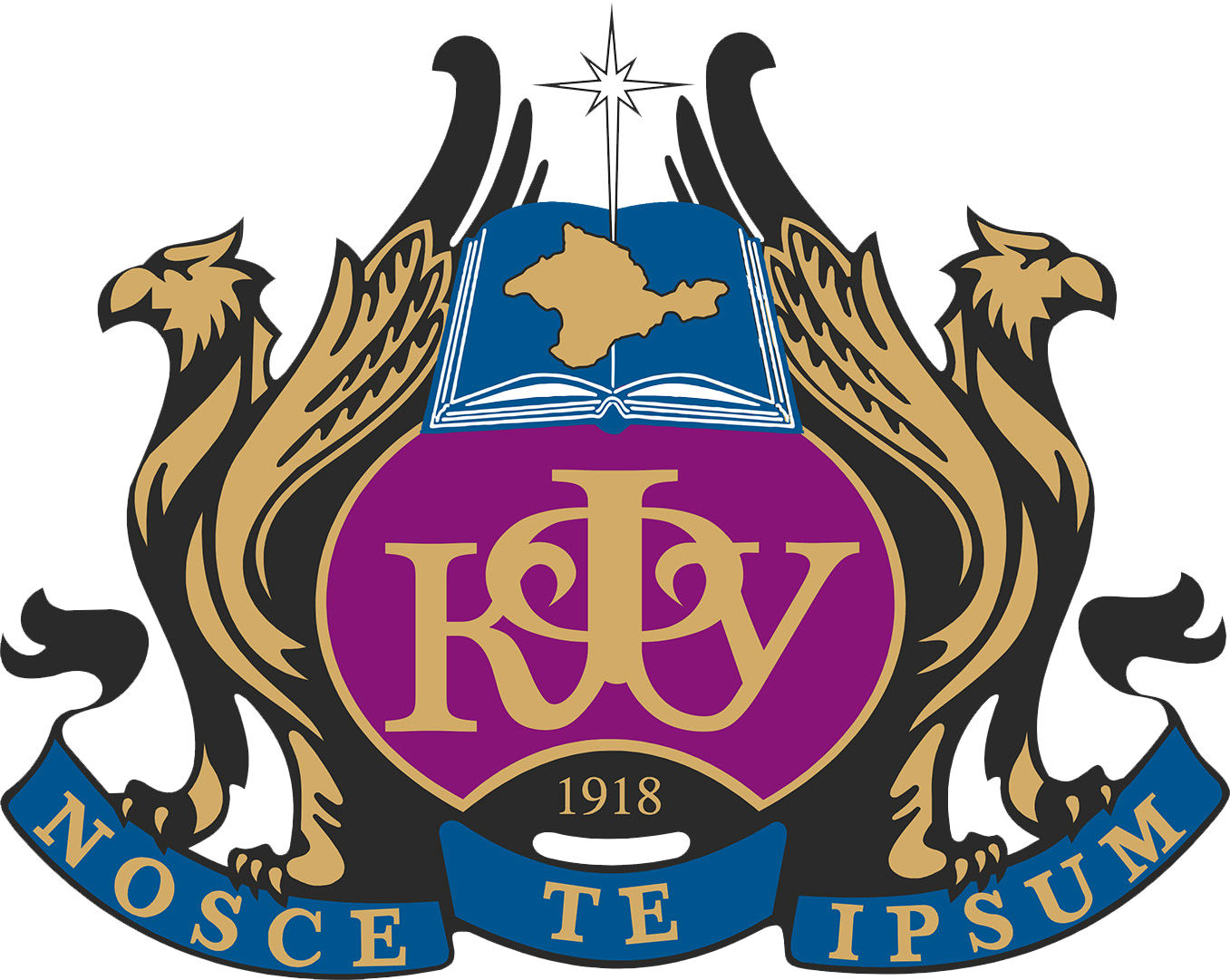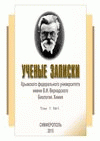Our study analyzed the features of physiometric indicators of the body of students with different psychofunctional status. Comprehensive assessment of physiometric indicators using traditional anthropometric and functional measurements allowed to identify some features of groups of students with different levels of personality anxiety and students with different levels of neuropsychic stability. Genetically determined physiometric indicators determine the constitutional type of a person, which is formed under the influence of environmental factors. In the studied groups of students, based on the classification of somatic constitution types by Chernorutsky M. V., the predominance of normostenics was revealed. Although other constitutional types were represented to a sufficient extent. Evaluating the respiratory system, according to anthropometric indicators and index methods, we managed to establish that in the studied groups the reserve capabilities of this system are at a low level. The most satisfactory indicators were found only in the group of girls with moderate and low level of personality anxiety. The analysis of the muscular system in the studied groups allowed us to identify some features of students with different levels of personality anxiety. And if the indicators of carpal dynamometry did not allow us to identify significant differences, the method of indices showed significantly higher capabilities of the muscular system in young men with a high level of personality anxiety. This is probably due to the fact that this group of subjects has an unconscious need for protection. This in turn stimulates the development of muscle mass, sometimes without the subject’s conscious control. The interrelationships of mental and physical development are mainly studied in the field of age-related physiology in children. Studies in adults are represented by single scientific publications. Analyzing the growth-weight indices in the studied groups it is possible to draw a conclusion about some tendency to hyperstenic physique in the group with unsatisfactory level of neuropsychic stability. At the same time it is necessary to note that values of the index allowing to estimate the proportionality of physique and harmoniousness of physical development do not exceed the norm in the studied groups of students. However, in young men with unsatisfactory level of neuropsychic stability this index is practically at the upper limit of normative indicators. Evaluation of morphofunctional indices of the respiratory system showed that with less developed thorax in the group of students with a satisfactory and higher level of neuropsychic stability functional reserves of this system are at a higher physiological level. This is reliably shown by the values of vital index. The analysis of students’ functional adaptation capabilities to environmental conditions based on the calculation of vital and power indices revealed significantly lower capabilities of students with unsatisfactory level of neuropsychic stability. A comprehensive assessment of the influence of psychofunctional status on the physiometric indicators of the students’ organism showed that despite the fact that most of the indicators of all the groups under study are within the age norm, those with a high level of personality anxiety and unsatisfactory level of neuropsychic stability have lower functional adaptation reserves of the organism.
psychofunctional status, students, physiometric indices, physical development.
1. Bondarenko A. V. Gavrilova E. V., Healthy lifestyle and individual health of students, Nauka-2020, 47, 2, 175 (2021).
2. Borodina G. N., Mershalova A. A., Subbotin E. A., Trebushinina T. G., Fedina I. Yu., Assessment of the physical development of young conscripts in the Altai region, Bulletin of Volgograd State Medical
3. Butych N. S., Mayurova I. A., Development of individual trajectories of students' health based on the assessment of physical condition of students, Scientific Notes of P. F. Lesgaft University, 216, 2,
4. Esakov A. O., Cherkesov V. V., Kovalenko A. E. Health indicators that form psychophysiological adaptation in students of AGZ, Fire and technosphere safety: problems and ways of improvement, 9, 2, 119
5. Zvyagina E. V. Evaluation of the relationship between psychological and physiological categories in the training process, Scientific Bulletin of MSUSiT: sport, tourism, hospitality, 70, 4, 125 (2021).
6. Kalyuzhny E. A., Mikhailova S. V., Maslova V. Yu. Application of the index method in assessing the physical development of students, Physical therapy and sports medicine, 121, 1, 21 (2014).
7. Karagodina A. M., Prytkova E. G., Zhegalov N. D. Assessment of the level of somatic health of first-year students during the period of adaptation to learning activities in a technical university, Teachers XXI
8. Klimov V. M. Lebedev A. V., Aizman R. I. Psychophysiological and personal characteristics of young men and girls of student age, Bulletin of Psychophysiology, 3, 115 (2020). EDN: https://elibrary.ru/JCNNAD
9. Kolokoltsev M. M. Anthropometric and physiometric characteristics of young men aged 17–20 years of different variants of body development, Modern problems of science and education, 6, 39 (2017). EDN: https://elibrary.ru/YNXWBM
10. Lotova N. K., Androsova M. I., Sergeeva K. K. Psychological features of the personality of a student of higher education, Problems of modern pedagogical education, 3, 70, 27 (2021).
11. Maltsev V. P., Govorukhina A. A., Malkov O. A. Features of intersystem interactions of morphotype and neurodynamics of students with different levels of weight and height index, Siberian Journal of Life
12. Seifulina G. V., Bicheva G. V., Drup V. D. Biorhythmological and psychophysiological status of students of pedagogical university, Modern science: actual problems of theory and practice. Series: Natural and





